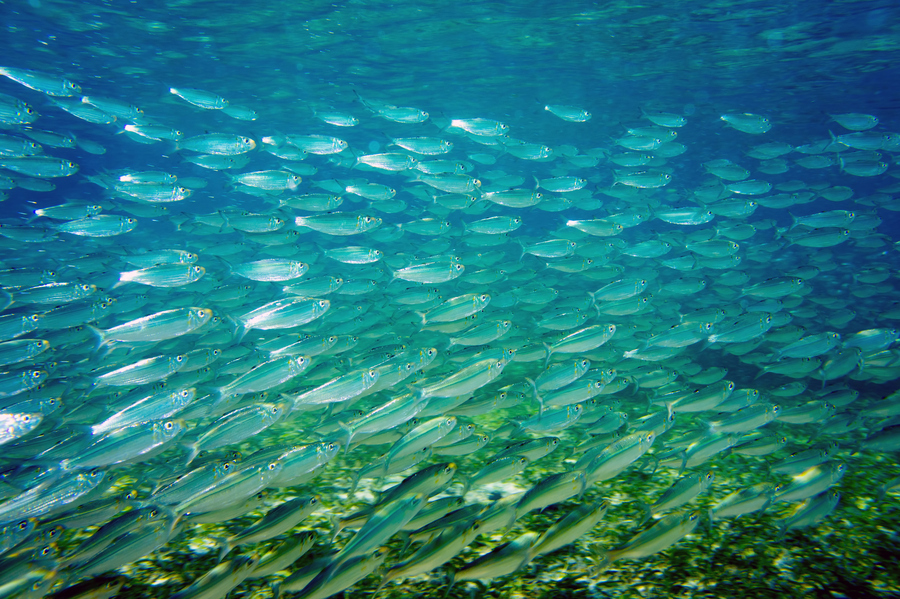Sardines are oily fish that are a rich source of omega-3 fatty acids, which provide various health benefits. The extraction of omega-3 fatty acids from sardine oil can be achieved by several methods, such as solvent extraction, enzymatic hydrolysis, and supercritical CO2 extraction. In this article, we will discuss the supercritical CO2 extraction method for sardine oil, its benefits, and the optimal extraction conditions.
CO2 Extraction Process for Sardine Oil
Supercritical CO2 extraction is a process that uses carbon dioxide (CO2) at high pressure and low temperature to extract desired compounds from sardine oil. This method offers several benefits, including its non-toxic, non-flammable and environmentally friendly nature. Additionally, it produces high-quality extracts with minimal residual solvents or impurities.
The following table shows the optimal process parameters for supercritical CO2 extraction of sardine oil:
| Process Parameter | Value |
|---|---|
| Temperature | 45-55°C |
| Pressure | 300-400 bar |
| CO2 Flow Rate | 30-60 kg/h |
| Extraction Time | 2-3 hours |
| Yield | 6-15% |
The optimal temperature for the supercritical CO2 extraction of sardine oil is between 45-55°C, and the pressure range should be between 300-400 bar. CO2 flow rate should be set between 30-60 kg/h, and the extraction time should be between 2-3 hours. These parameters can help achieve a yield between 6-15% of omega-3 fatty acids in sardine oil.
Advantages of Supercritical CO2 Extraction of Sardine Oil
Supercritical CO2 extraction of sardine oil has several advantages over traditional oil extraction methods. Firstly, it is a safer and more environmentally friendly process as CO2 is non-toxic, non-flammable, and readily available. The process produces a high-quality extract with minimal degradation of the active components. This method also ensures that the final product retains its stability and goodness, making it a valuable resource for manufacturing supplements, nutraceuticals, and pharmaceuticals products.
Conclusion
In summary, supercritical CO2 extraction is the most effective way to extract omega-3 fatty acids from sardine oil. It preserves the stability and quality of the oil, while also being environmentally friendly. Optimal extraction parameters, including temperature, pressure, CO2 flow rate, extraction duration, and yield, are crucial for achieving optimal extraction. With these parameters, high-quality sardine oil extracts can be obtained with a high yield of omega-3 fatty acids. Therefore, supercritical CO2 extraction of sardine oil is becoming increasingly relevant, as the demand for omega-3 fatty acids continues to grow in the health industry.
